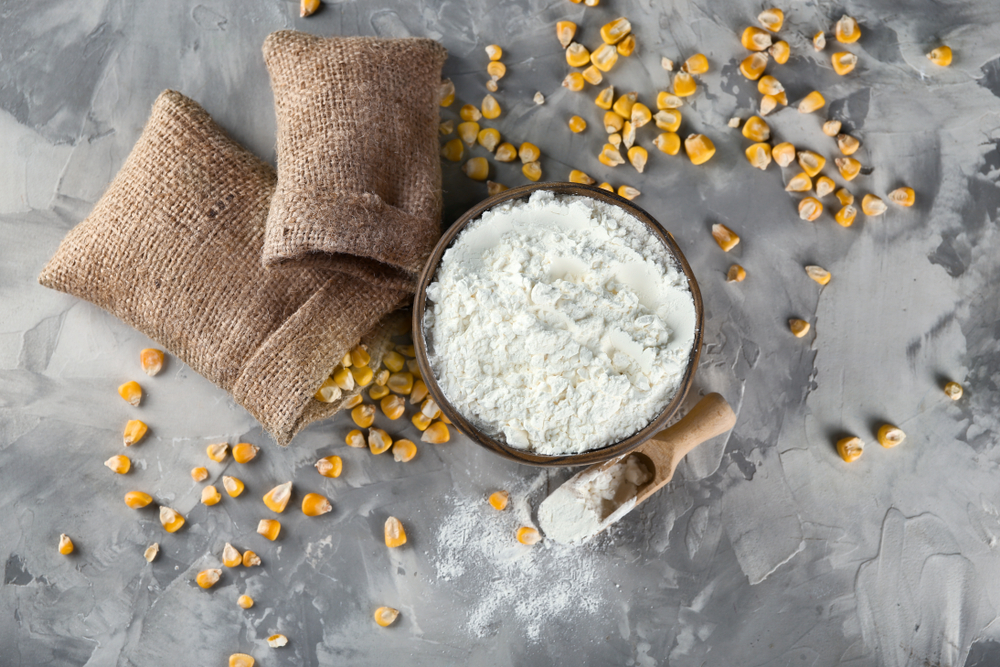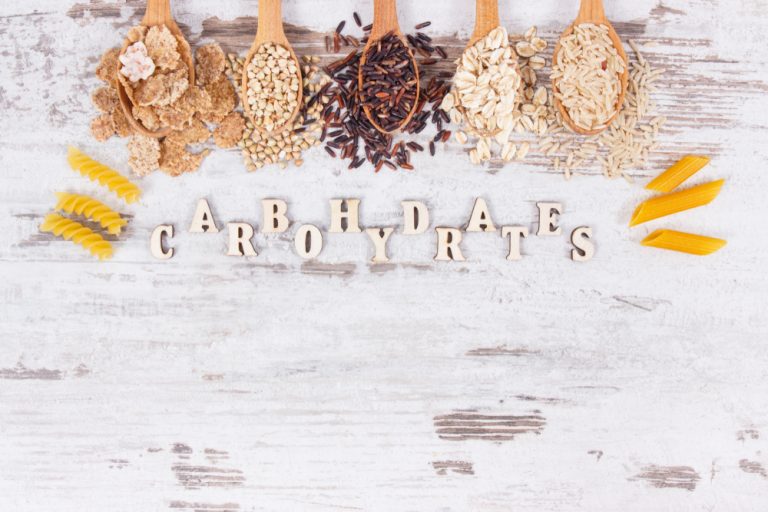Carbohydrates were at the height of their popularity during the mid-90s. When “fat-free” became the desired state, people turned to carbs instead. Consumers soon learned that a high carb diet wasn’t so healthy either. Today, between marketers who promote packaged carbs as “heart healthy” and fitness “experts” who espouse that all carbs are bad, it’s easy to be confused.
- If you want to eat a low-carb diet, just cut out bread, pasta, cereal, rice and potatoes.
- Cereals are heart-healthy.
- Your body needs bread, pasta and cereal to get enough nutrients.
- If you don’t eat whole grains, you won’t get enough fiber in your diet.
- If you want to avoid eating too many carbs look for foods with “net carbs” on the label.
Here are some carb myths:
If you want to eat a low-carb diet, just cut out bread, pasta, cereal, rice and potatoes.
Although bread, pasta, cereal, rice and potatoes are among the best-known carbohydrates, the trough is that many other foods have carbohydrates, including fruits, vegetables, dairy products, nuts, seeds, beans and avocados. These foods are natural carbohydrates and have greater nutritional value than processed or low-fiber carbs. If you cut out starchy carbs, you are still consuming adequate amounts of carbohydrate depending on your lifestyle, activity level, age and medical issues.

Cereals are heart-healthy.
Food manufactures spend millions of dollars a year on cereal advertisements fooling us into thinking cereal is the best breakfast choice. However, many popular cereals, including granola, contain multiple sources of sugar and fat.
There are healthy cereals, but even eating an average bowl of cereals is like eating 4-6 slices of bread for breakfast in terms of carbohydrate. Many people will skip breakfast, saying that eating increase in blood sugar, followed by a big drop, thereby increasing one’s appetite for the whole day.
Your body needs bread, pasta and cereal to get enough nutrients.
Our ancestors survived for hundreds of years without eating bread, pasta or cereal. All of your needs for vitamins and minerals can easily be met without these foods. A heart-healthy diet can be realized with foods without a label and multiple ingredients. If you are eating a food with a label, try to stick with something with less than five ingredients.
If you don’t eat whole grains, you won’t get enough fiber in your diet.
There are many excellent sources of fiber in the diet besides whole grains. Most health organizations recommend eating 25 grams of fiber per day. Just eating a few of these good-for-you foods can easily add up to that: broccoli, almonds, avocado, beans.
If you want to avoid eating too many carbs look for foods with “net carbs” on the label.
Net carbs is a term the food industry made up as a way to fool consumers into thinking their products contain fewer carbohydrates. To arrive at a net carb number, they take the carbohydrates coming from fiber or sugars known as “alcohol sugars” and subtract them from the total amount of carbohydrates.
The premise is that those carbohydrates from fiber or alcohol sugar are not processed by the body, or have minimal effects on blood sugars. Maltitol is one of the primary alcohol sugar found in foods, and it does increase blood sugars. Fiber adds bulk to food, but to think it does not add any calories or impact blood sugars is a fallacy and has not been proven by research. Net carbs on labels are just another way food manufacturers use to market their products.
A healthy way of eating is to consume natural, non-man-made carbohydrates from vegetables, fruits, nuts, seeds, beans and legumes. They have a low glycemic index (meaning they do not raise your blood sugar) since they contain fiber, and are full of vitamins, minerals and nutrients to enhance your health.






